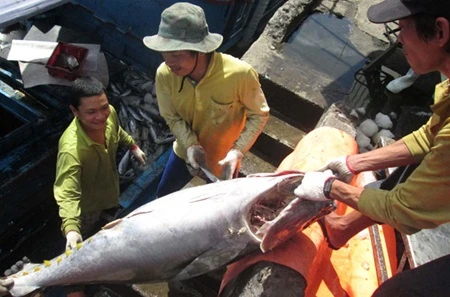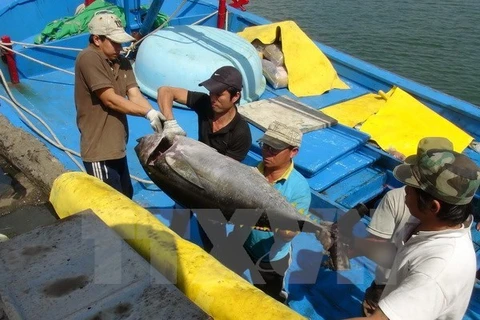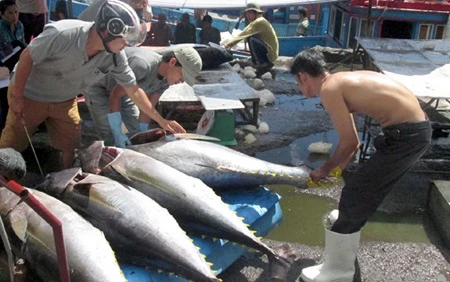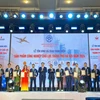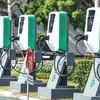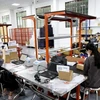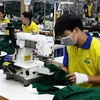Tuna fishermen in the central coastal province of Binh Dinh received Japan’s latest fishing equipment and technologies at a ceremony on October 31 in the presence of President Truong Tan Sang.
Speaking at the event, Kato Hitoshi, President of the Japan-Vietnam Friendship Association in Sakai city, said the handover forms part of a project to supply cutting-edge fishing equipment and technologies to tuna fishermen in Binh Dinh, helping raise product quality and productivity.
He recalled that following President Sang’s visit to Japan in March last year, the association dispatched its experts to study the real situation and assist the first five local households to apply Japan’s tuna fishing and preservation methods.
As a result, in August 2014, the first batch of tuna which was caught and preserved by state-of-the-art technologies was shipped to Japan and received high appreciation from local consumers, Kato added.
On this occasion, President Sang witnessed the signing of a memorandum of understanding between Kagoshima University of Japan and Binh Dinh province in studying seafood potential.
Vietnamese tuna products are exported to 100 countries and territories, including the US, Japan, Israel and Canada, as well as the EU and the ASEAN region.
Vietnam’s tuna exports have rapidly increased in recent years, and the country still holds potential for more growth in this area, according to industry insiders.
Tuna exports have been the third biggest earner in Vietnam’s seafood industry with a value of 400 million USD in 2014, behind only tra fish and shrimp.-VNA

